Group Project
Background
As designer, we have a responsibility to the environment, and to produce design work and creative solutions that have a minimal impact on the world and around us. So much product packaging ends up as landfill, but by using sustainable, renewable materials for packaging production, both manufacturers and consumers can begin to be kinder to the environment and to the planet.
Being ecologically aware and choosing to use only materials such as paper and cardboard, or plastics that are recyclable, compostable or biodegradable, all contributes to reducing the environmental impact of a given product and to raising social awareness of the need to do so.
Plastics, such as PET (polyethylene terephthalate, a thermoplastic polymer resing and a form of polyester) or RPET (recycled polyethylene terephthalate), can be used to make fibres for such things as carpets, fabrics, sheet and film, or new PET containers for both food or non-food products. Alternatively, recycled paper, vegetable-based materials, corn-starch bottles or edible packaging could form the base materials for packaging or labeling design solutions.
Packaging a product with an ecological outcome:
Taking an ethical stance towards the environment can develop through adopting a thoughtful approach and attitude towards packaging design; along with an active desire to employ only the appropriate amounts and types of materials, which will naturally result in designs that have a minimal impact on the planet.
Beverage packaging design: (softdrink, rootbeer, flavored water, juice)
As a group project, your team has been asked to design (or redesign) a container/label for a beverage package/product of your choice. No alcoholic beverage allowed—but your selection can range from soft drink companies to juices, or flavored water. Create new packages that will distinctly communicate the product’s content, and that is ethical and ecologically sound. The design must result in minimal environmental impact, must be competitive in its sector, and must convey the product message to consumers. Your challenge is to create a unique packaging with a conscience. Your group will decide the tone of design based on the audience you determine – traditional and conservative, young and flashy, etc.
This class will be divided into 4 teams (5 persons per group):
TEAM 1: Shawna, Taylor, Brittany, Brittany, Samantha
TEAM 2: Jeremy, Jacob, Lyndon, Michael
TEAM 3: Jordan, James, Keith, Aubree, Zak
TEAM 4: Jenny, Julie, Hannah, Emily
Criteria/process
1. Research and select a company for your packages.
consider:
- shape, form, size and quantities
- other similar products and brands
- record all similarities and dissimilarities
- individual packaging structures and materials
- what the package is made from
- whether the package is recycled or recyclable
2. Design products:
- define demographics and target audience
- design strategy: authenticity, convenience
- name generation: product name (different than company brand)
- appearance: product logotype, colors, structure
- attributes: flavors, colors, containers
- refine designs
3. Design POP (Point-of-Purchase, or Point-of-sale: presented digitally only)
4. Prototype final packages
5. Finish final presentation (PDF)
Minimum requirements:
Product name
Product brand
Product description
Material:
Plastic, glass, aluminum, etc.
You turn in:
• ONE product, 2 final concepts (at least two prototyped containers for each design, total of four containers).
• PDF presentation
Project due: Dec 15, 2-3:45 p.m., Thursday
Student Samples
Bryan, Erika, Jessica, Bonni, Richard
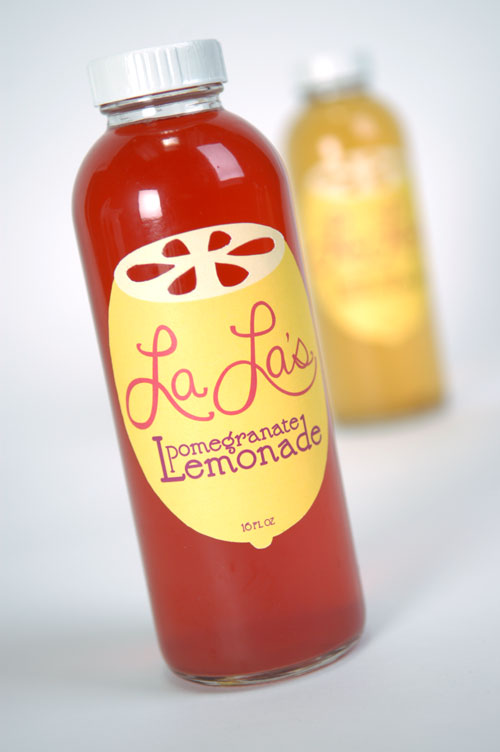
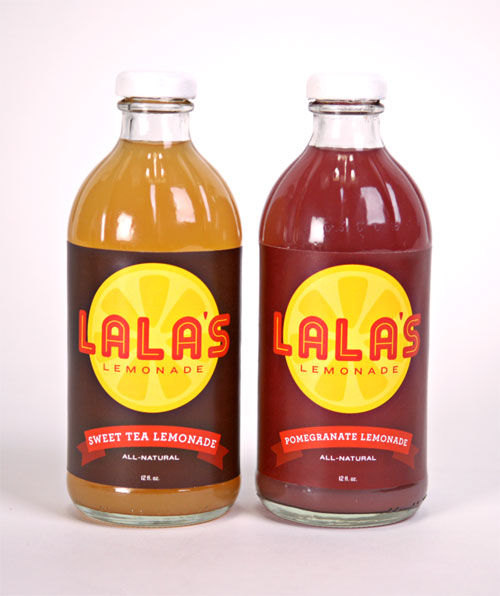
Rob, Andy, Matt, Scott, Blake
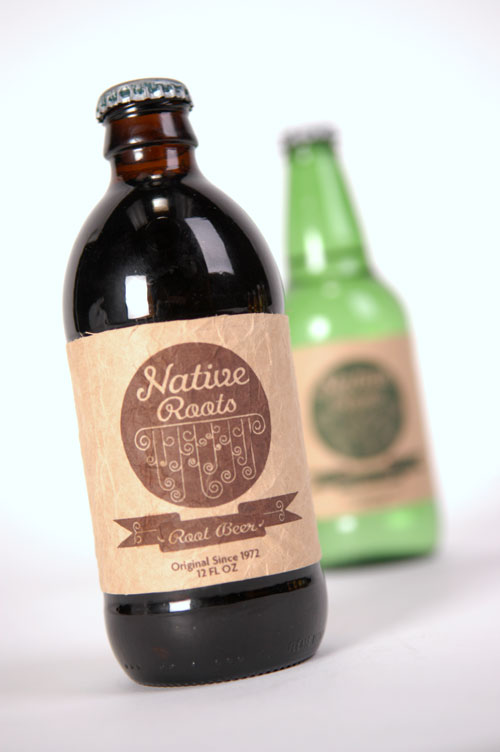
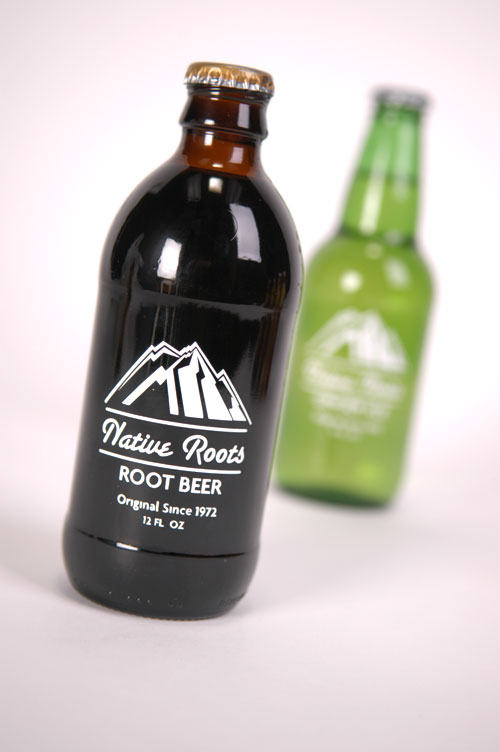
Tanner, Britni, Con, Becky, Katherine
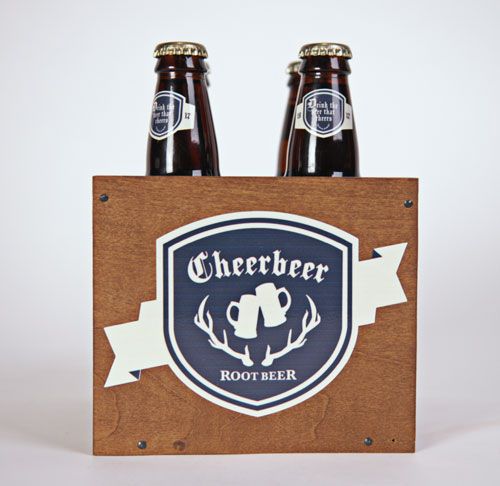
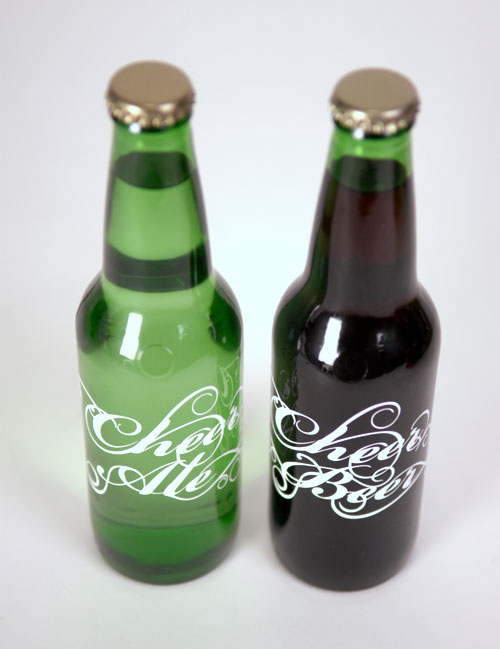
Samples from Fall 2009

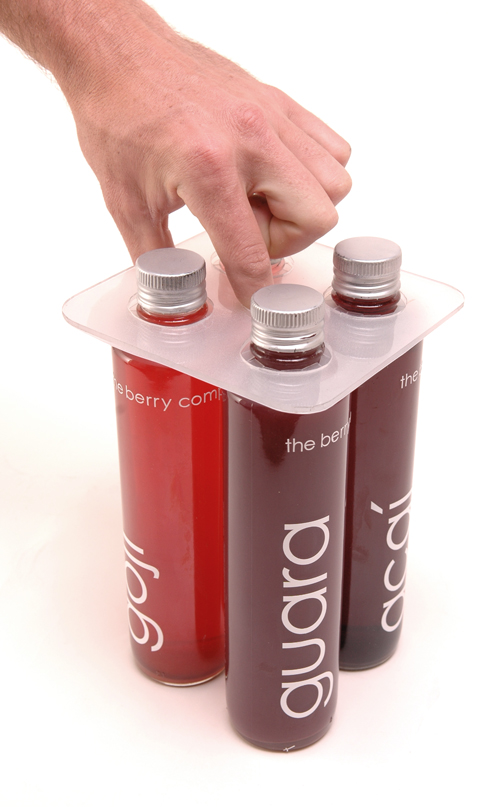
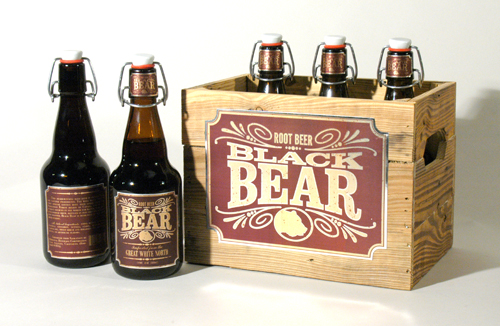
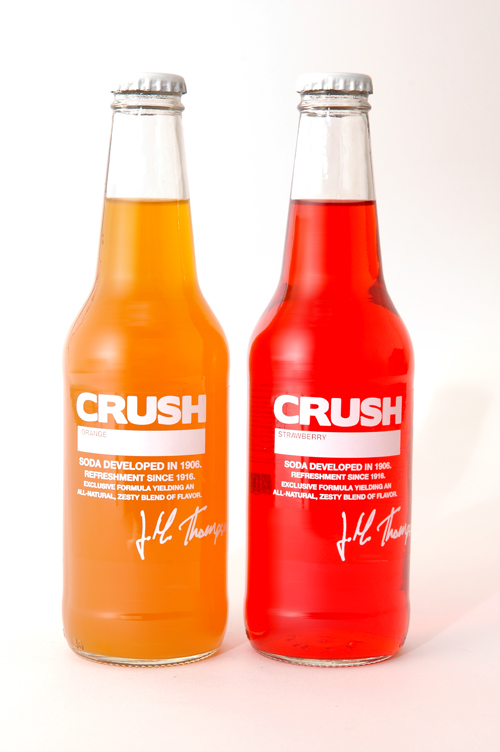

Add a Comment
You must be logged in to post a comment.